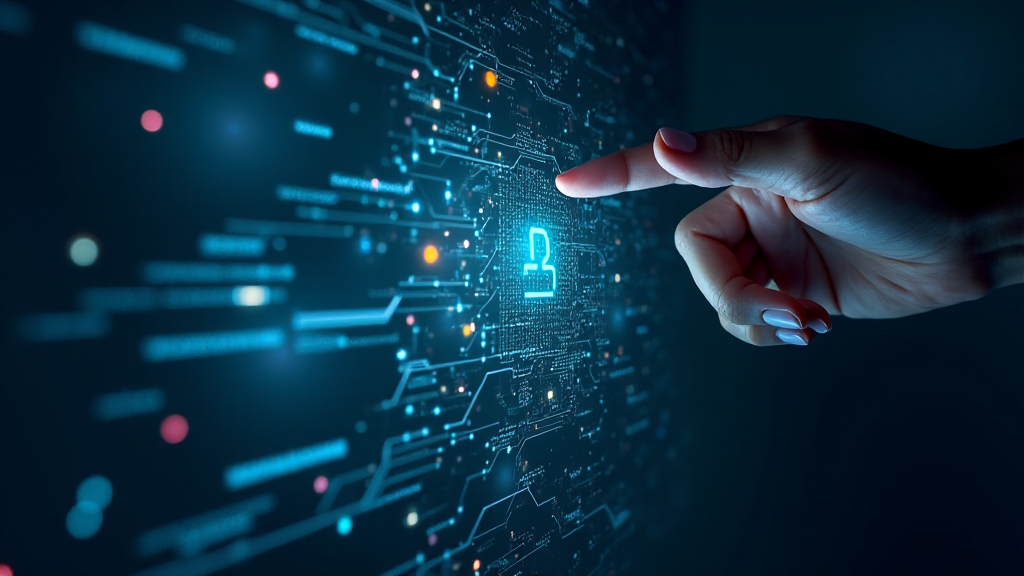The three generations of AI coding tools, and what to expect through the rest of 2025
AI coding tools rapidly evolved through three transformative generations recently

From the outside looking in, the AI coding assistance market might seem like one big blur of assisted coding. The reality is far more nuanced and moving at breakneck speed.
What started as simple code completion has evolved through distinct generations, each representing a fundamental shift in how developers work with AI tools. And if you're not paying attention, you're already behind.
Andrew Filev is founder/CEO of Zencoder and original founder of Wrike.
The First Generation: When AI Learned to “Complete Our Sandwiches Sentences”
The AI coding revolution began modestly with code completion - think of it as autocomplete on steroids. Early pioneers like Kite paved the way, but it was GitHub Copilot that brought this capability to the masses through Microsoft's vast distribution channels. By 2024, 62% of developers reported using AI tools for writing code, with code completion as the gateway drug.
But here's where the industry got it wrong: the marketing promised a revolution while delivering an evolution. GitHub aficionados touted 20% productivity improvements, skeptics countered that it was a net-negative trend generating garbage code, and the truth, as always, lived somewhere in between. It was a wonderful, helpful capability that developers genuinely liked.
But game-changing? Not quite.
The numbers tell an interesting story. As of 2024, over a quarter of all new code generated by Google is written by AI. Yet despite this massive adoption, according to the 2024 DORA report, speed and stability have actually decreased. The first generation delivered on quantity but struggled with quality - a classic case of solving the wrong problem.
The Second Generation: From Assistant to Agent
Then, at the beginning of 2024, something fundamental changed. Cursor, Zencoder, and other AI tools that live in developers' IDEs got completely new brains with radically different capabilities.
Sign up to the TechRadar Pro newsletter to get all the top news, opinion, features and guidance your business needs to succeed!
These weren't just code completers anymore - they were in-IDE coding agents. What enabled this generational shift is the new class of models that are more agentic, specifically, they are better at using tools, understanding your project environment, and keeping their wits together over longer sessions.
The shift was deceptive because visually, nothing changed. Same interface, same integration points, but under the hood? A completely different beast. The agents could fix a bug in a large repository or help users "vibe code" an entire prototype using unfamiliar technology.
It’s one of those rare cases of “same UI, different UX” - the use cases have changed, and the usage has changed with them. Developers spend 10 times more on these second-generation tools, burning significantly more tokens as they offload increasingly complex tasks.
The Third Generation: SDLC-Integrated Software Engineering Agents
Mark the second quarter of 2025 in your calendars as the early emergence of the third generation, and it's happening faster than most realize:
-May 9th: Zencoder launched Zen Agents, marking a shift from individual productivity to team-based agents covering full SDLC.
-May 16th: OpenAI launched Codex, allowing you to use ChatGPT semi-autonomously in your GitHub.
-May 19th: GitHub Copilot launched agentic DevOps.
-May 20th: Google announced an asynchronous Jules agent.
-May 22nd: Anthropic announced Claude 4, upgrading its Claude Code tool that supports command line automation.
-June 10: Zentester is launched to bring automated verification into AI SDLC
The industry is keen on unlocking the next level of value by moving from IDE-based coding agents to software engineering agents integrated across the entire software development lifecycle. These agents can grab issues from your backlog, implement features, run automated tests, and leverage your CI/CD pipeline's security scanners. They will soon be self-correcting the errors that appear in this cycle.
I’m a big fan of collective intelligence and human ingenuity. Over the last four decades and 100M engineers (who are still the golden standard of intelligence), the industry has evolved a sophisticated suite of tools and processes to support software engineering.
I have always felt that early attempts to train LLMs to replace tools like compilers or debuggers were commercially and scientifically a dead end, and that teaching LLMs to leverage existing tools and processes is a better route. That philosophy (leveraging existing tools) moved the industry to the second generation, and now that philosophy (leveraging dev ops) is leading to the third generation.
The Reality Check: We're Still in Beta
Here's the crucial caveat: just as first-generation code completion evolved from buggy and primitive to genuinely helpful, this third generation is still nascent. The capabilities are there, but they're rough around the edges. For the next six months, plan to re-evaluate these tools every two months - that's a breakneck pace at which we'll see step-function improvements. As is common with AI, you can get tremendous value if you deploy it in the right scenario with the right context.
The promise of 10x engineers is coming to life, and the biggest shift is happening this calendar year. In my career, it took 5-15 years to see generational changes in any particular software category, and we now see them twice within 12 months. First-generation tools needed strong code LLMs and fill-in-the-middle benchmarks.
Second-generation agents acquired longer context windows, tool usage capabilities, and the ability to navigate development environments. Now, third-generation agents are leveraging better models that can navigate websites for end-to-end testing, understand CI/CD tools, and orchestrate multiple specialized agents working in concert.
What This Means for You
The industry is moving from AI coding assistants to in-IDE coding agents to SDLC-integrated software engineering agents. Each transition represents not just an improvement but a fundamental reimagining of how developers work with AI. By the end of 2025, most start-ups and forward-looking enterprises will heavily use second-generation in-IDE agents and will offload a sizeable chunk of routine work to the third-generation agents integrated into CI/CD.
The future of software development isn't about typing faster - it's about thinking bigger while AI handles the implementation details. Keep your eyes open, update your tools frequently, and most importantly, adjust your expectations and evaluations. The age of software engineering agents has arrived, and it's moving faster than any of us anticipated.
We list the best Large Language Models (LLMs) for coding.
This article was produced as part of TechRadarPro's Expert Insights channel where we feature the best and brightest minds in the technology industry today. The views expressed here are those of the author and are not necessarily those of TechRadarPro or Future plc. If you are interested in contributing find out more here: https://www.techradar.com/news/submit-your-story-to-techradar-pro
Andrew Filev is founder/CEO of Zencoder and original founder of Wrike.
You must confirm your public display name before commenting
Please logout and then login again, you will then be prompted to enter your display name.
